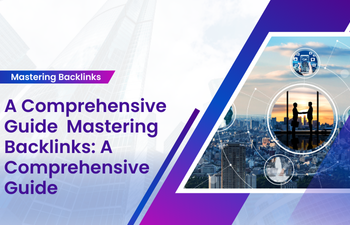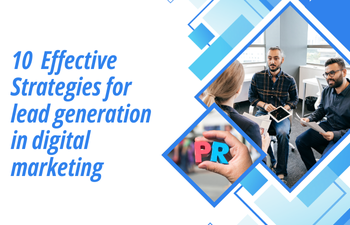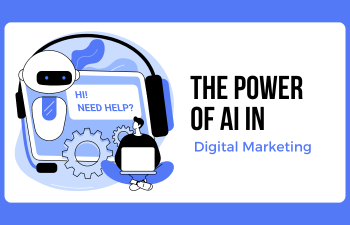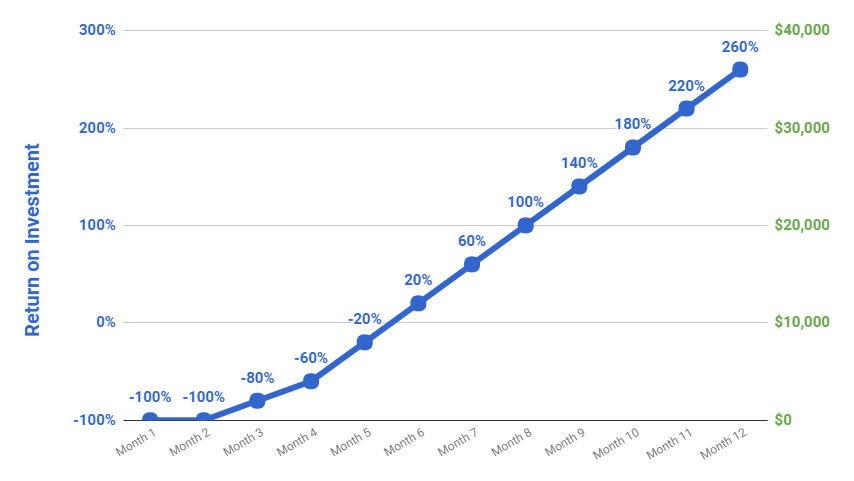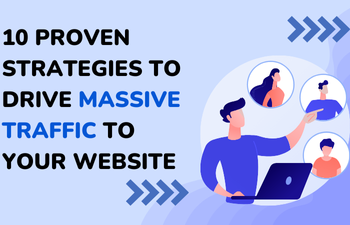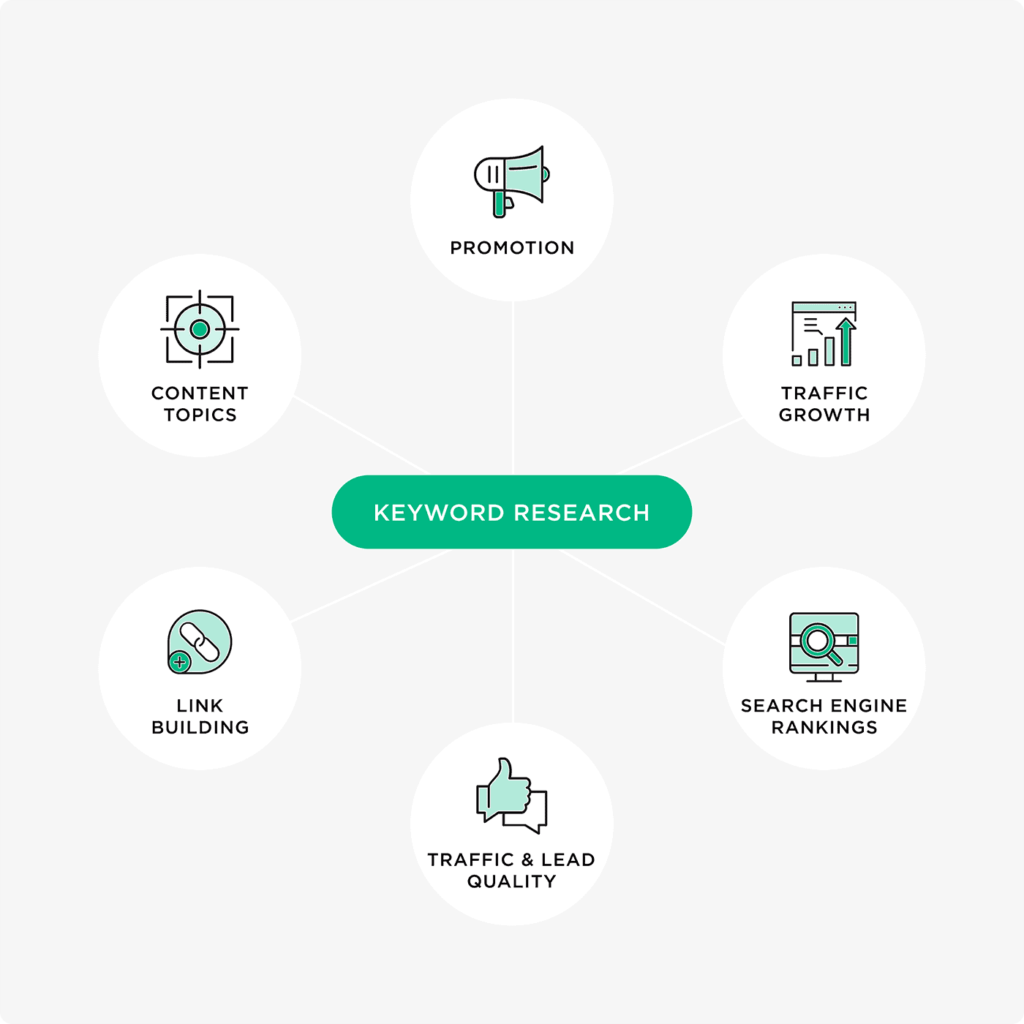 SEO
SEO
The Ultimate Guide to Prioritizing Priority Keywords for Skyrocketing…
The Ultimate Guide to Prioritizing Priority Keywords for Skyrocketing Traffic
Table of Contents :
Parameters to consider when determining priority keywords
How to Prioritize Keywords for better Traffic?
Keyword research method using the keyword explore template
What are Priority Keywords?
Priority Keywords are the keywords that are relevant to your content and business objectives, and they have the ability to attract the correct audience and deliver important traffic to your site.
Priority keywords are specialized keywords or keyword phrases that are critical to the success of your website or online business. These are the keywords you should concentrate on and optimize for when it comes to search engine optimization (SEO). Priority keywords are often picked for their ability to bring relevant and valuable visitors to your website, which can result in better visibility, higher ranks, and more conversions.

Here are some parameters to consider when determining priority keywords:
Priority keywords should be relevant to the content, products, or services on your website and should appropriately represent the needs of your target audience. Choose keywords with a large search volume, as they are often highly competitive. Concentrate on phrases that indicate a clear purpose to buy or perform an action. Determine the likelihood that each keyword will result in conversions or desired activity. Determine competitiveness by mixing terms with high, medium, and low competition.
Long-tail keywords are narrower in scope and have a lower search volume, but they can create highly targeted traffic. Consider keywords that are related to seasonal trends or current problems of interest to drive traffic at specific times or events. Understand the intent behind each phrase and prioritize those that correspond to the content and goals of your website. To make modifications, analyze keyword performance, click-through rates, and conversions utilizing SEO tools and analytics. A planned and effective SEO strategy can increase the exposure of your website, attract the correct audience, and raise your online presence.
How to Prioritize Keywords for better Traffic?
Prioritizing keywords is an important aspect of search engine optimization (SEO) in order to bring more visitors to your website. Here are some tips to help you efficiently prioritize keywords:
Keyword Research: Begin by conducting extensive keyword research to uncover relevant keywords connected to the content, products, or services of your website. To find high-volume, low-competition keywords, use keyword research tools like as Google Keyword Planner, SEMrush, Ahrefs, or Ubersuggest.
Relevance and Intent: Concentrate on keywords that are extremely relevant to the content of your website and align with the intent of your target audience. Choosing keywords that are relevant to what your potential visitors are looking for can help you attract the proper traffic.
Search Volume: Look for keywords that have a high search volume. Higher search volume indicates that more people are searching for such phrases, which means that if you rank well for those keywords, you will receive more potential traffic.
Analysis of Competition: Examine the competition for each keyword. Targeting incredibly competitive keywords may be difficult if you’re just getting started and have a fresh website. Look for keywords with high, medium, and low competition that are nevertheless relevant to your content.
Long-tail Keywords: In addition to broad keywords, consider utilizing long-tail keywords (more particular and lengthier phrases). Long-tail keywords often have lower search volume, but they can be simpler to rank for and receive highly targeted traffic.
Commercial Intent: Pay attention to terms that clearly demonstrate commercial intent, especially if your website intends to offer products or services. Keywords containing the terms “buy,” “for sale,” or “discount” suggest that the searcher is most likely wanting to make a purchase.
Current Trends and Seasonality: Keep an eye out for current trends and seasonal keywords in your niche. Integrating trending keywords into your content helps increase traffic throughout various times of the year.
User-Friendly Content: Produce high-quality content that organically combines your chosen keywords. Avoid keyword stuffing, which may result in a penalty from search engines.
On-page SEO: Use your prioritized keywords to optimize your website’s meta titles, meta descriptions, headers, and URL slugs. Use keywords strategically throughout your text as well.
Monitor and adapt: Use SEO tools and analytics to track your keyword performance on a regular basis. Adapt your keyword strategy based on the statistics, and focus on the terms that generate the most traffic and conversions.
Keyword research method using the keyword explore template
Keyword research is an essential component of any SEO plan, and employing a keyword explore template may assist you with organizing and analyzing your findings effectively.
Here’s a step-by-step guide to keyword research utilizing a keyword explore template:
Step 1: Establish Your Goals and Niche
Define your website’s aims and target audience clearly.
Determine your website’s specialty or main area of interest.
Step 2: Generate a list of seed keywords.
Begin by creating a list of seed keywords relating to your niche. These are broad terms that describe your primary areas of interest.
Step 3: Employ Keyword Research Software
To broaden your seed keywords and uncover suitable terms, use keyword research tools such as Google Keyword Planner, SEMrush, Ahrefs, Ubersuggest, and others.
Enter your seed keywords into the tool and it will generate a list of related keywords for you.
Step 4: Determine the volume of searches and the level of competition.
Look for the search volume of each keyword (average monthly searches) in your keyword research tool.
Examine the level of competition for each keyword (high, medium, and low) to determine how difficult it will be to rank for them.
Step 5: Discover Long-Tail Keywords
Long-tail keywords are more specialized and have less competition. These can be useful for reaching a highly relevant audience.
Step 6: Determine Commercial Intent
Identify keywords with commercial purpose, such as “buy,” “purchase,” “for sale,” and so on. These keywords are essential for organizations looking to increase conversions.
Step 7: Prioritize and filter
Use the keyword explore template to keep track of all the keywords you’ve identified during your investigation.
Sort the keywords according to their relevancy, search volume, competition, and commercial intent.
Prioritize the most significant keywords that correspond to the goals and target audience of your website.
Step 8: Research Competitor Keywords
Identify keywords that your competitors are ranking for using competitor analysis tools.
Complement your list with relevant and lucrative rival keywords.
Step 9: Arrange Keywords
Similar keywords should be grouped together based on their topics or intent. This will aid in the organization of your content and the optimization of linked keyword clusters.
Step 10: Develop a Content Strategy
Create a content strategy based on the keywords and keyword clusters you’ve prioritized.
Create content that addresses the objective behind each term while also providing value to your target audience.
Step 11: Monitor and fine-tune
Using analytics tools, track the performance of your prioritized keywords on a regular basis.
Adjust your plan as appropriate based on the facts, and fine-tune your keyword targeting.
Columns for Keyword, Search Volume, Competition, Commercial Intent, and Notes could be included in a simple keyword exploration template. You can modify the template to meet your individual requirements and tastes. Updating and improving your keyword research and approach on a regular basis will help you remain relevant and competitive in search engine rankings.
Conclusion:
Please feel free to call us for any technical queries related to prioritizing Keywords.
Remember that SEO is an ongoing activity that takes time to provide noticeable results. You can steadily boost your website’s traffic and visibility in search engines by prioritizing the relevant keywords and developing excellent content around them.
We understand how to create leads as we are a leading web development and digital marketing agency committed to delivering exceptional solutions tailored to your unique needs. And we are masters at generating constant ROI for businesses.
We specialize in generating high-quality site traffic. We recognize that no two businesses are alike. As a result, we provide tailored solutions to each of our clients. UniqWebTech offers a complete range of web development and web design solutions that include e-commerce development, web application development, Word Press content management system and many more.

